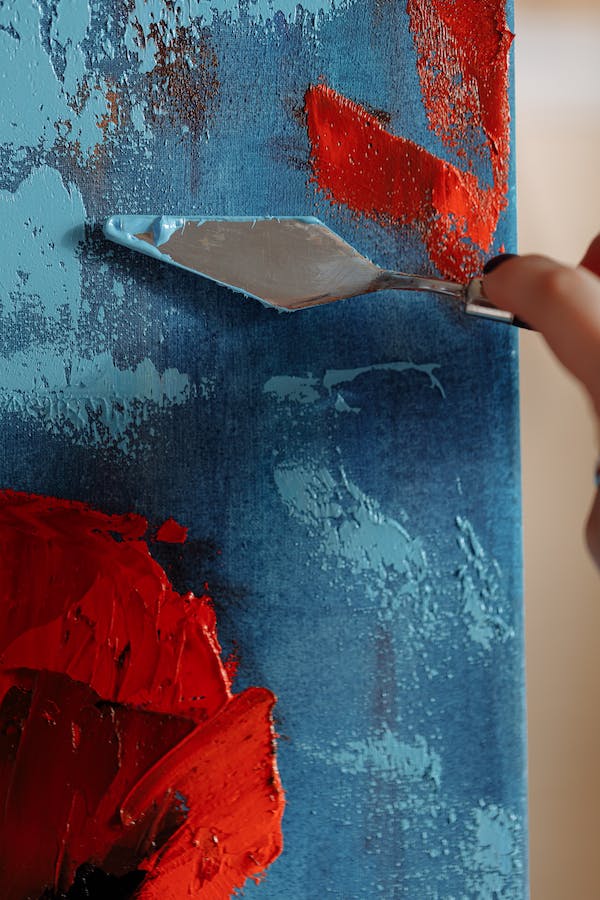Art therapy is an evidence-based, holistic approach to wellness that combines psychotherapy with creative expression. It is a form of psychotherapeutic treatment that uses art media as its primary mode of communication and presentation. Art therapy can be used to help people cope with a wide variety of physical and mental health problems, including depression, anxiety, post-traumatic stress disorder (PTSD), substance abuse, and in cases of trauma and other psychological conditions such as addiction. In particular, its use in the healing process, for individuals who have experienced trauma, has been increasingly documented.
The therapeutic power of visual art-making can benefit a wide array of mental health conditions, including those due to trauma. Art is a powerful, non-verbal form of communication, allowing us to access difficult emotions and deeply held beliefs about ourselves and our lives which may be hard to express in words. The experience of creating art can help to reduce anxiety and stress, aiding in the overall healing process. When collaborating with an experienced mental health professional, art therapy can provide a safe, non-judgmental space for individuals to express and process traumatic experiences in an effective and meaningful way.

In addition to providing a safe space to process trauma, art therapy can help to develop a sense of self-efficacy by giving people the opportunity to practice “creating a better self.” By creating visual works of art, individuals can externalize their emotions and ideas, which can serve as a platform for psychological exploration. This can in turn help to strengthen curiousity and self-expression, build creative problem-solving skills, and foster confidence.
Art therapy can also be used to enhance insight and improve the therapeutic process by visually illustrating themes and patterns in the individual’s life, providing a unique approach to understanding their circumstances and potential solutions. In this way, art therapists can gain a deeper insight into an individual’s life experiences, and can use their artistic expression as a bridge to uncovering repressed or forgotten memories. Furthermore, this form of creative expression can help to normalize the individual’s experiences in order to create a calmer and more settled emotional state.
The creative process of art-making can also provide physical and psychological benefits, such as distraction from stress and anxiety, increased self-esteem as one’s art is appreciated, and a sense of accomplishment as projects come to fruition. Furthermore, by engaging in a creative process in a safe, supportive environment, individuals can learn to tap into their inner resources and become more self-aware. This can assist in reconnecting with a sense of meaning and purpose in life in a way that no other therapeutic approach can achieve.
In conclusion, art therapy provides a powerful, emotion-focused approach to healing that can be effective in helping to process traumas, develop emotional self-awareness, and reconnect with a sense of meaning and purpose in life. By creating art and working with a qualified practitioner, individuals can gain greater insight into themselves and learn effective ways to help cope with painful and traumatic experiences. In this way, art therapy can be a powerful tool in fully healing from the effects of trauma and developing a healthier, more mindful life.